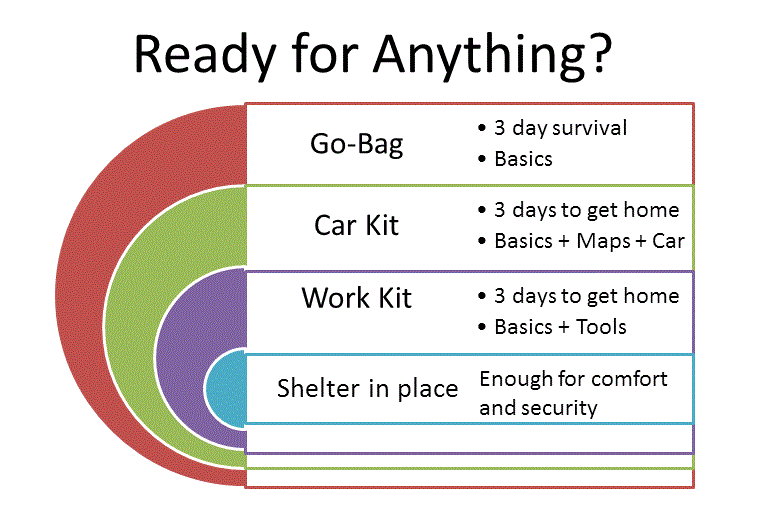School Preparedness Questions for Parents

Every year in August I think about school starting and ask, ”Do I really need to give parents a list of questions about school preparedness?” And every year, because things keep changing, the answer is YES. Lately my list has had to be updated more than once a year!
Here are updated school preparedness questions for Fall, 2021.
These questions are written primarily for elementary school parents, teachers, staff, security and healthcare providers. Of course, every school is unique – not to mention every student! – so we can’t provide guidelines for every single situation.
In particular, we can not address the situation with COVID-19 and public health that is front and center for school children this year.
But we can ask pertinent questions with the hope that all parents will make sure to get the answers that work for their family.
Preparedness questions to ask the school
Caution: School personnel may be hesitant to answer some of these questions. They may not want to share details. They may be uncomfortable with preparedness issues in general. Or given all the changes that are happening, they may simply not know the answers. But remember, if you feel good answers are not forthcoming, stick with it!
Also remember this, too. School staff members may not consider themselves “First Responders,” but when something happens, they are the first ones there. Their actions can keep an emergency from turning in to a disaster. School staff deserves and needs to have the right training and supplies — and support from the district and the community — to do this job.
1 – General school emergency policies.
- Does the school have written emergency policies and plans? Have they been updated to account for the Coronavirus? For air quality or other emerging situations?
- How do parents find out about the policies?
- What about emergency contact forms for each child. How are they distributed? Where kept? How detailed? How often updated?
- Who decides on the definition of “emergency?”
- How will parents be notified in emergencies? Are all parents notified for each emergency?
- What are student pick-up policies? What are alternative pick-up locations if school has been closed? Who can pick up your child if school is shut down? How will they be notified? How will they be identified before child is released? What if your child won’t go with them?
2 – Emergency drills.
- Does the school face any particular threats because of its location? (near railroad tracks, busy traffic or airport, environmental hazards from neighboring businesses, potential for earthquake or tsunami, etc.)
- How are teachers and students on site notified of an emergency? (site-wide PA system, internal phone system, cellphone app, etc.)
- How can teachers advise the office of an emergency?
- What emergencies does the school train for other than fire or storm? (Earthquake, tornado, wildfire, active shooter?)
- Does the school train for evacuation as well as shelter in place?
- What should parents know about how these drills are called and how conducted?
- Who does the training and how often?
- How are substitute teachers included in these drills?
3 – Emergency supplies and equipment.
- What food and water supplies are maintained in the school?
- Are supplies kept on school buses?
- What food, water and hygiene supplies are in the classroom in case of extended lockdown? (Please see P.S.!)
- Are first aid supplies available in each classroom?
- What first aid training do staff members get? Do they get age-appropriate training? (For example, CPR for infants and children is different than for adults.)
- Where is emergency equipment located? (fire extinguishers, AEDs, wheel chairs, etc.)
- Who is trained in equipment use?
4 – Security features.
In recent years, many schools have made changes to their physical infrastructure to provide more security. Parents and students should know what to expect.
- Have changes been made in the classroom or on the campus due to the threat of COVID?
- Has the school made any changes to the way visitors are allowed onto the campus or into the buildings? What are the policies?
- Does the school have security cameras? Are they monitored?
- Does the school have a professional security force? How many officers with what credentials, what training and what weapons? Their role?
(By the way, a report from the National Center for Education Statistics can give you an idea of how your school stacks up compared to others when it comes to physical security and crime statistics. The report is updated every year.)
5- Getting back to business as usual.
Sometimes it’s easier to focus on immediate protective actions and overlook what it will take to recover once the event is over. A good school preparedness plan has procedures in place to help parents and students “get back to business as quickly as possible.” (Obviously, after a year of distance or hybrid learning, these procedures may be new for everyone.)
Depending on the age of the students, such activities might include
- professional and peer counseling
- student-aided clean-up
- building safety inspections
- memorials
- acknowledging First Responders, etc.
See what plans the school has for such activities and what role the parents are expected to play.
Next steps for parents.
First, share your list of school preparedness questions with other parents. You may want to take the time to expand it with details unique to your school. Next, approach teachers and administrators for answers.
Make sure the answers get out to everyone in the neighborhood! You may want to insist on special presentations on some topics. Guest speakers could be school staff and a member of the police or fire department. You yourself might volunteer to help design and put on parts of the presentation.
You may need to create materials in multiple languages.
Presentations could be held virtually, or on Back to School night, at a PTA meeting, and, of course, in the classroom. Have students videotape the presentation for later showing or showing online, as well.
Working together, schools, students, parents and other community members can keep emergencies from becoming disasters and do the best possible job of protecting students when disasters do occur.
Virginia
Your Emergency Preparedness Team that naturally includes children!
P.S. Does your school ask that you send an “emergency kit” to school with your student? If so, please read this companion Advisory, also newly updated for 2021: Emergency Kit for School.




 By now you know that at Emergency Plan Guide, when it comes to survival kits, there’s no such thing as “one size fits all.”
By now you know that at Emergency Plan Guide, when it comes to survival kits, there’s no such thing as “one size fits all.”













 We invited the new head of our city’s Office of Energy Management. And since he is new to the job, we provided him with . . .
We invited the new head of our city’s Office of Energy Management. And since he is new to the job, we provided him with . . .

